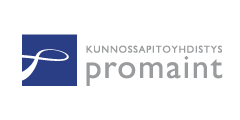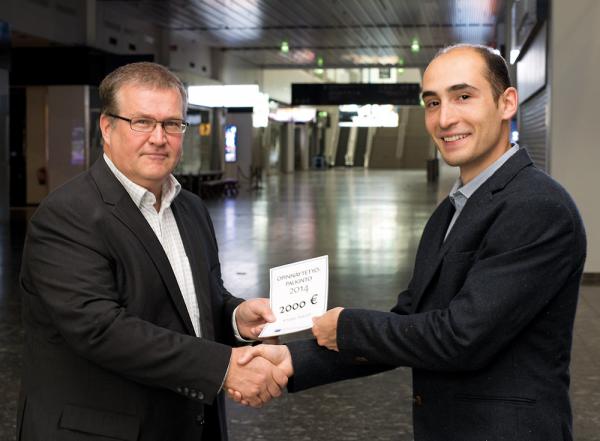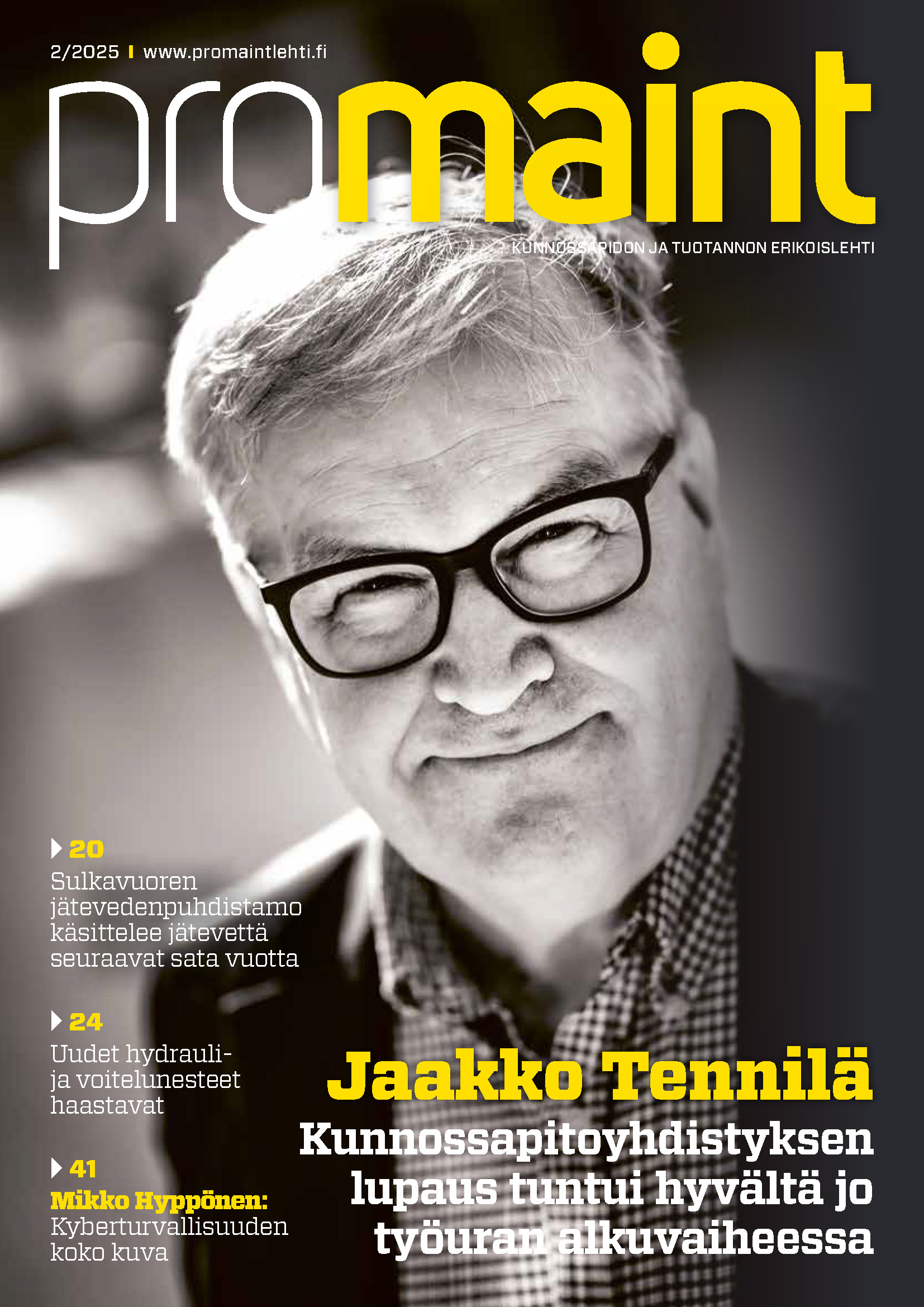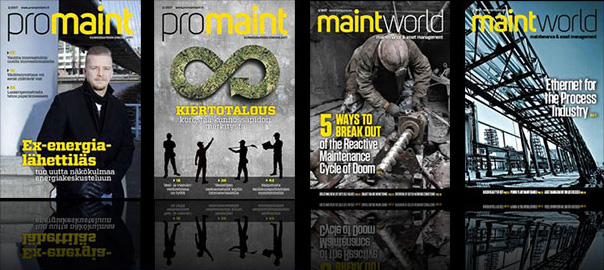Promaint ry:n opinnäytepalkinto 2014
VUODEN 2014 opinnäytepalkinto luovutettiin syyskuun alussa 29-vuotiaalle Siavash Khajaville. Siavash muutti Iranista Suomeen opiskelemaan vuonna 2011. Toissavuonna Aaltoyliopistosta diplomi-insinööriksi valmistunut Siavash on jo aloittanut tohtoriopiskelunsa, joiden on tarkoitus valmistua puolentoista vuoden kuluttua.
Promaint ry:n Tutkimus ja koulutus -toimikunta valitsee vuosittain ehdolle lähetetyistä alan opinnäytetöistä parhaan tai parhaat palkittavaksi. Siavashin työ oli vuoden 2014 viidestä ehdokkaasta paras.
Siavash suunnittelee mahdollisesti jäävänsä Suomeen töihin tohtoriksi valmistuttuaan. Hän kuitenkin arvioi työllistymismahdollisuutensa pieniksi, koska hänen näkemyksensä mukaan suomalaiset yritykset edellyttävät pääsääntöisesti suomenkielen sujuvaa osaamista. Useita hänen ulkomaisia opiskelutovereitaan on joutunut valmistuttuaan lähtemään Suomesta tämän kielikynnyksen takia.
Siavashin opinnäytetyö oli nimeltään:
Additive manufacturing in spare parts supply chains.
Työ käsitteli uusien tekniikoiden käyttöä varaosahuollon hoitamiseksi. Sellainen on muun muassa tällä hetkellä ajankohtainen 3D-tulostus.
Työn abstrakti:
As additive manufacturing (AM) evolves to become a common method of producing final parts, further study of this phenomenon seems to be necessary. The purpose of this research is to evaluate the potential impact of additive manufacturing improvements on the configuration of spare parts supply chains.
This goal has been accomplished through scenario modelling of a real-life spare parts supply chain in the aeronautics industry. The spare parts supply chain of the F-18 Super Hornet fighter jet was selected as the case study because the air-cooling ducts of the environmental control system are produced using AM technology.
In total, four scenarios are investigated that vary the supply chain configurations and additive manufacturing machine specifications. The reference scenario is based on the spare parts supplier’s current practice and the possible future decentralization of production and likely improvements in AM technology. Total operating cost, including downtime cost, is used to compare the scenarios.
We found that using current AM technology, centralized pro-
duction is clearly the preferable supply chain configuration in the case example. However, distributed spare parts production becomes practical as AM machines become less capital intensive, more autonomous and offer shorter production cycles.
This investigation provides guidance for the development of additive manufacturing machines and their possible deployment in spare parts supply chains. This study contributes to the emerging literature on AM deployment in supply chains with a realworld case setting and scenario model illustrating the cost tradeoffs and critical requirements for technology development.










